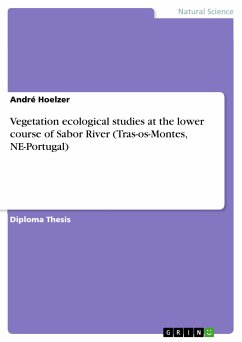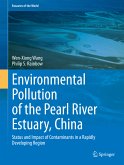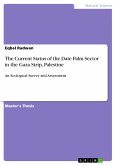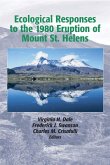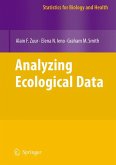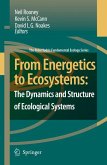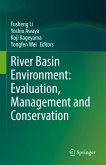Diploma Thesis from the year 2003 in the subject Biology - Ecology, grade: very good, University of Bremen (Institute for Ecology and Evolution Biology, FB 2), language: English, abstract: A vegetation ecological study was conducted at the lower course of Sabor river, northeastern Portugal. The valley of this river constitutes an agroecosystem with typical Mediterranean traits and is known for its diversity of habitats with conservational value. The valley suffered from considerable abandonment of agricultural areas over the past four decades, whereas the extension of not intervened vegetation increased substantially. However, the whole extension of the lower course of this river is endangered by the construction of a hydroelectric power plant, and submersal of huge areas will be an immediate impact. In order to characterize the floristic-structural dynamics and diversity of the vegetation covering the valley, representative samples of different communities at different altitudes along the river valley were taken. In all, 109 relevés with an homogeneous area of 10 x 10 m2 comprised a section of the river with an extension of 30 km. Samples were classified into distinct types of communities, according to their structure: riparian communities, rupicolous communities, scrublands, woodlands and grove communities. Two basic approaches were applied to examine the ecology of vegetation. First, the total species numbers within the different samples were compared. Riparian communities proved to be the richest in terms of species, and species numbers were higher than 60/100 m2 in several cases. A strong concentration of diversity coincided with the immediate riverside zone, whereas other environmental factors did not explain significantly the concentration of species. The communities subjected to agricultural intervention were the second richest community type in terms of species numbers. By far the highest percentage of all registered species pertained to a therophytic life form.
